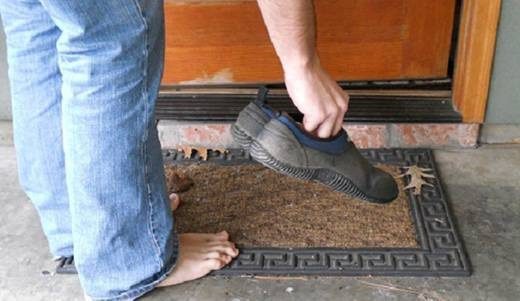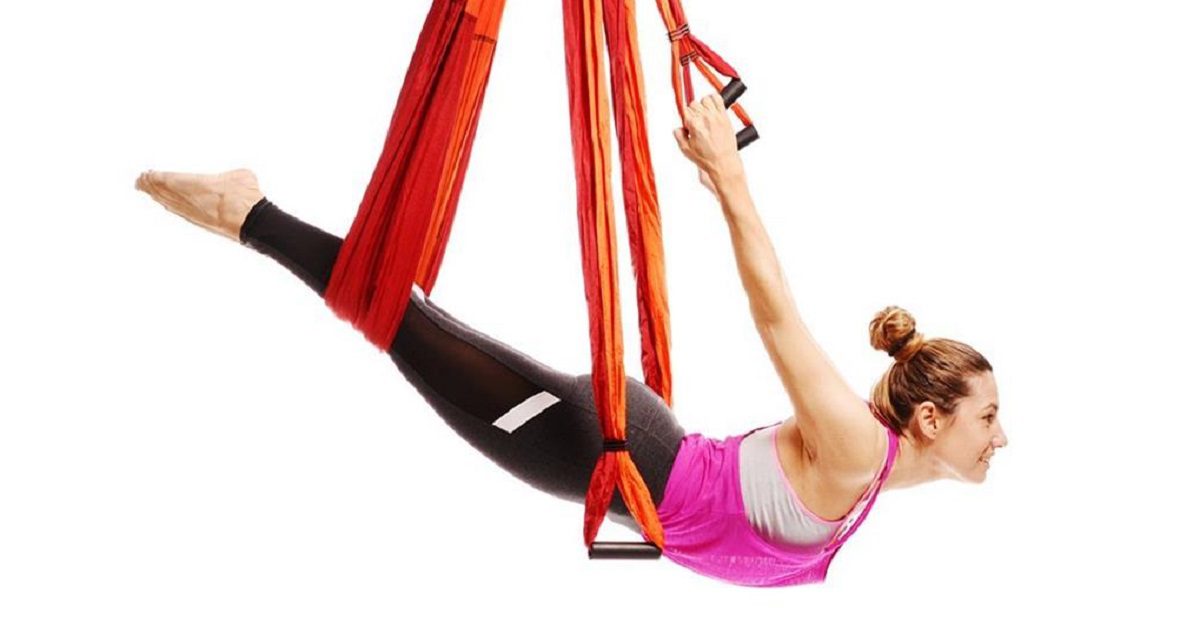Most people wear shoes inside their house. Recently, several scientific studies suggest that is a bad idea.
Even though some bacteria is good for us, if you have ever gotten a stomach virus, you will know that other kinds of bacteria are not.

In a recent study done by the University of Arizona found an average of 421,000 different types of bacteria on shoes. Coliforms, a bacterial indicator of the level of sanitation of foods and water (and universally present in feces), were detected on the bottoms of 96% of shoes.
In addition, E coli was detected on 27% of the shoes, along with seven other kinds of bacteria, including Klebsiella pneumonia, which can cause urinary tract infection, and Serratia ficaria, which can cause respiratory infections.
“We walk through things like bird droppings, dog waste and germs on public restroom floors, all of which are sources for E coli,” says Kelly Reynolds, Ph.D., a microbiologist, and professor at the University of Arizona.
Researchers then tracked the transfer of bacteria from shoes to uncontaminated home floors. They discovered that the transfer of bacteria from shoes to home floors ranged from 90% to 99%.
Dr. Charles Gerba, a microbiologist, and professor at the University of Arizona commented, “The common occurrence (96%) of coliform and E. coli bacteria on the outside of the shoes indicates frequent contact with fecal material, which most likely originates from floors in public restrooms or contact with animal fecal material outdoors. Our study also indicated that bacteria can be tracked by shoes over a long distance into your home or personal space after the shoes were contaminated with bacteria.”
Public restroom floors contain around two million bacteria per square inch, though the average toilet seat contains only about 50 per square inch.
A University of Houston study found that 39% of shoes contained bacteria C-diff (Clostridium difficile), which is a public health threat resistant to a number of antibiotics. This bacteria can cause multiple health conditions, including diarrhea.
Another home threat: Toxins
Another study done by the Battelle Memorial Institute found that toxins from treating your lawn can easily be tracked into the house. Additionally, a study from Baylor University found that people who live near asphalt roads sealed with coal tar have an increased risk of cancer from toxins, and these toxins can be tracked in by your shoes.
Dr. Reynolds commented, “Think about rainwater in the street. It can have gasoline in it and chemicals, and those get on your shoes and can be brought into your home.” However, though she cautions about the dangers of kinds of toxins, you would most likely have to be exposed many times over the course of your life in order to get sick.
The solution
In the University of Arizona study, researchers found that washing shoes with detergent in the washing machine reduced the presence of bacteria by 90% or more. In addition, you should also clean your floors and carpets using a disinfecting carpet cleaner — such as a steam cleaner.
But in order to avoid all the hassle and keep your house clean, the experts say it’s best to leave your shoes at the door whenever possible.
If you know someone who might like this, please click “Share!”


